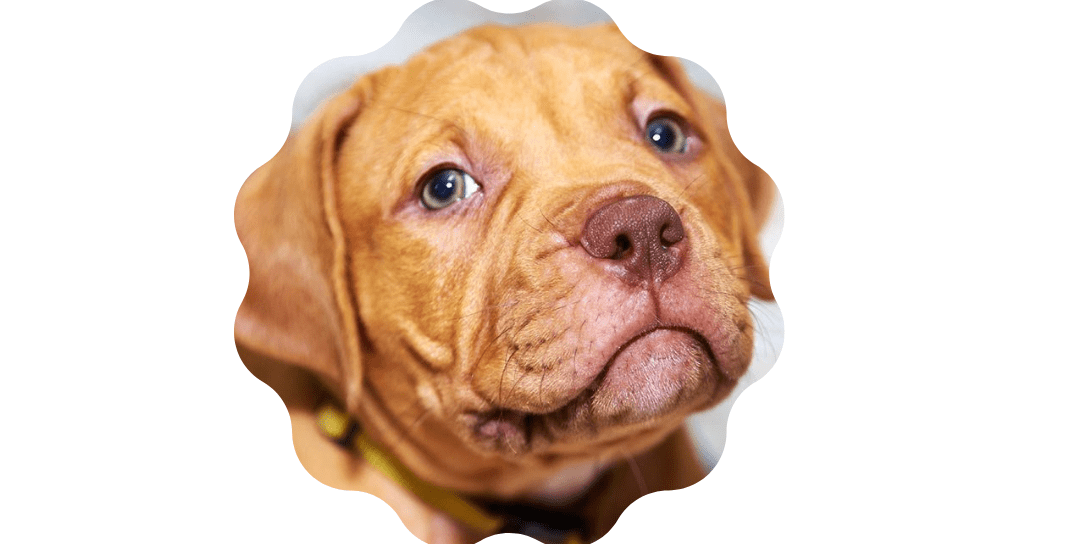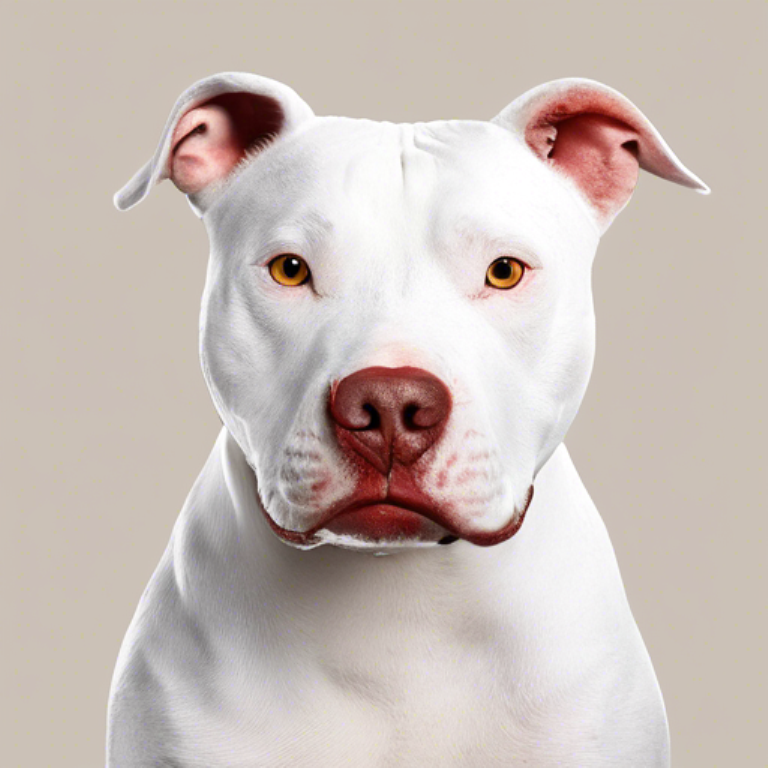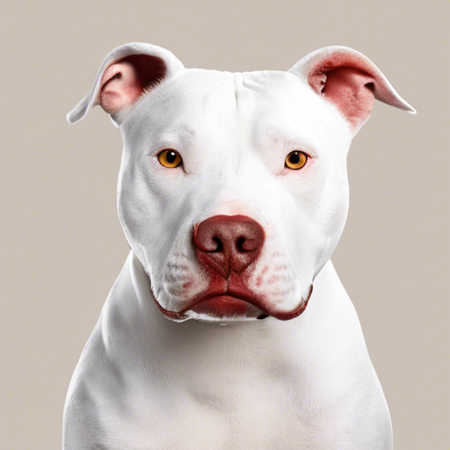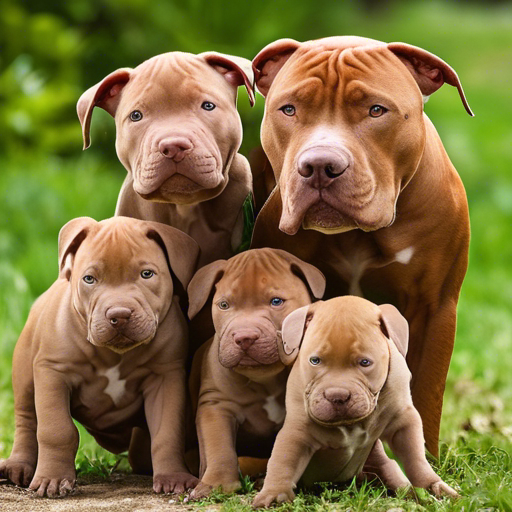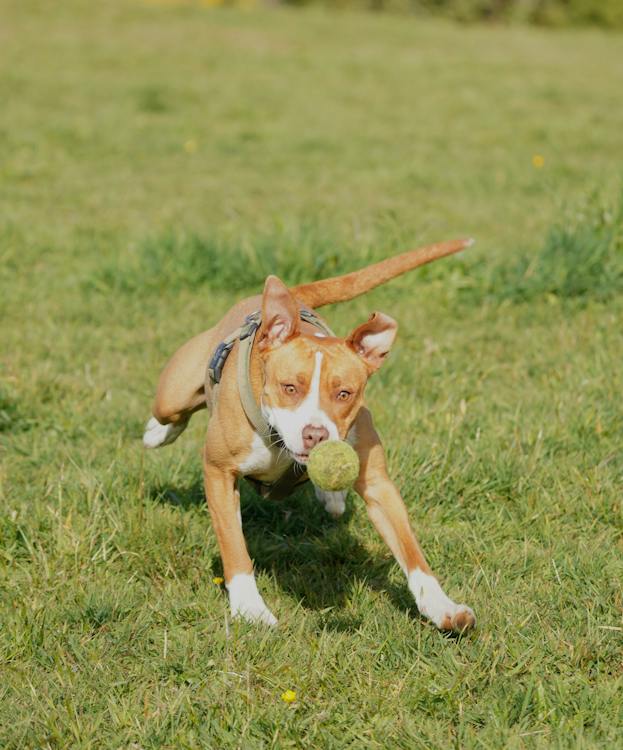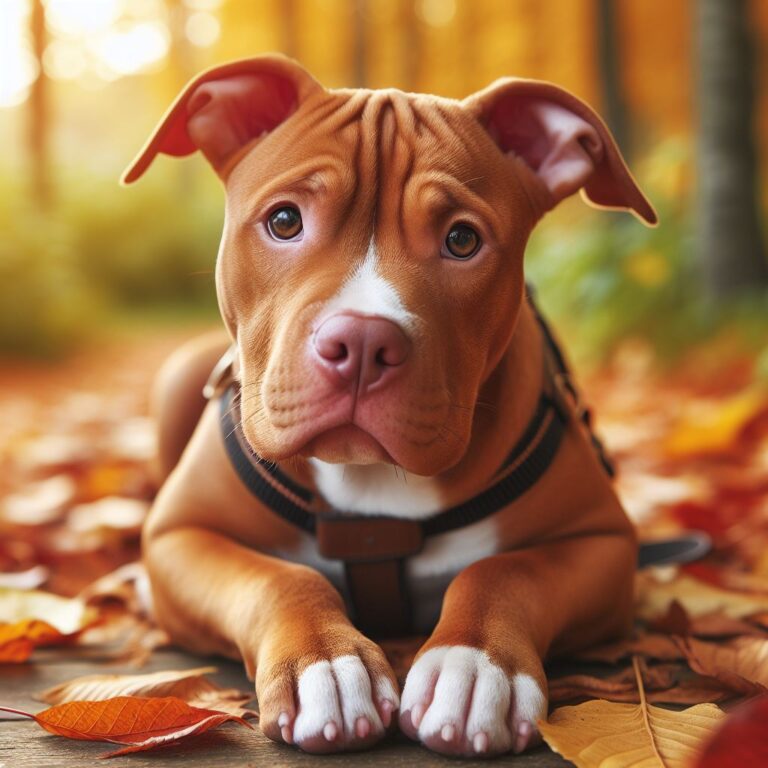Red Nose Pitbull Coat Color- by red nose pitbull dog breed
Red Nose Pitbull are a beloved breed known for their loyalty, intelligence, and striking appearance. Among their distinctive features is their coat color, which can vary widely. Understanding the intricacies of Red Nose Pitbull coat colors can provide valuable insights into their genetics, care needs, and common misconceptions.
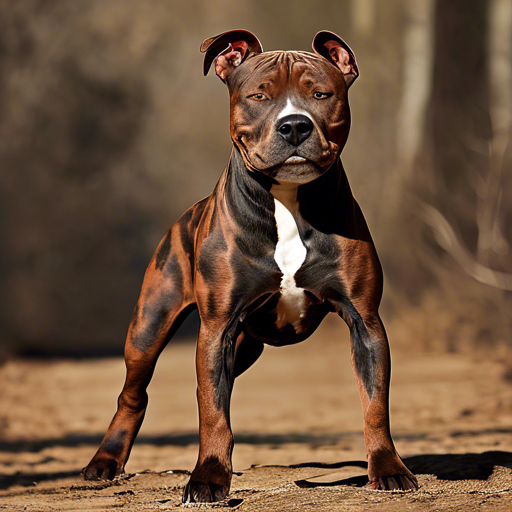
1. Introduction to Red Nose Pitbulls
Red Nose Pitbulls, often simply called Red Noses, are a type of American Pitbull Terrier known for their reddish-brown noses and copper-colored coats. They are a medium-sized breed with a muscular build and a friendly demeanor, making them popular as both family pets and working dogs.
2. Understanding Coat Colors in Dogs
Basic Genetics of Coat Color
Coat color in dogs is determined by genetics, with various genes influencing the pigmentation of the fur. These genes can produce a wide range of colors, patterns, and markings, resulting in the diversity seen across different dog breeds.
Specifics of Red Nose Pitbull Coat Colors
Red Nose Pitbulls exhibit a spectrum of coat colors, ranging from solid red to combinations of red, white, and other hues. While their distinctive red noses are a defining trait, their coat colors can vary significantly depending on genetic factors and breeding practices.
3. Red Nose Pitbull Coat Color Variations
Solid Red
Solid red is one of the most common coat colors seen in Red Nose Pitbulls. Dogs with this coloration display a uniform reddish-brown hue across their entire body, often with a glossy sheen to their coat.
Fawn
Fawn is another prevalent coat color in Red Nose Pitbulls, characterized by a lighter shade of brown with hints of red or yellow undertones. Fawn-colored dogs may have a solid coat or exhibit subtle variations in shading.
Brindle
Brindle is a unique coat pattern found in Red Nose Pitbulls, featuring streaks or stripes of darker color overlaying a lighter base. This pattern can create a striking and visually appealing appearance, with variations in intensity and distribution.
Red and White
Some Red Nose Pitbulls may have a combination of red and white markings, with patches of white appearing alongside their red coat. These dogs often exhibit a piebald or parti-color pattern, adding to their distinctiveness.
4. Factors Influencing Coat Color in Red Nose Pitbulls
Genetics
Genetics play a significant role in determining the coat color of Red Nose Pitbulls. Breeders selectively mate dogs to achieve desired colorations, but genetic variation can still result in unexpected outcomes in offspring.
Breeding Practices
Breeding practices, including line breeding and outcrossing, can influence the prevalence and distribution of specific coat colors within the Red Nose Pitbull population. Responsible breeding aims to maintain breed standards while prioritizing the health and well-being of the dogs.
Environmental Factors
Environmental factors such as sunlight exposure and diet can also affect coat color in Red Nose Pitbulls. Adequate nutrition and proper grooming practices contribute to coat health and vibrancy, enhancing the appearance of the dog’s natural coloration.
5. Recognizing Purebred Red Nose Pitbulls
Characteristics to Look For
Purebred Red Nose Pitbulls exhibit specific physical traits beyond their coat color, including muscular build, broad skulls, and distinctively shaped ears. Recognizing these breed characteristics can help differentiate them from other breeds or mixed-breed dogs.
Identifying Common Mixes
Mixed-breed dogs with Red Nose Pitbull ancestry may display variations in coat color and physical features. While these dogs can inherit some traits from their Pitbull lineage, their appearance may be less predictable compared to purebred Red Nose Pitbulls.
6. Caring for Red Nose Pitbulls with Different Coat Colors
General Care Tips
Regardless of coat color, all Red Nose Pitbulls require regular exercise, proper nutrition, and routine veterinary care to maintain their health and well-being. Providing a loving and stimulating environment is essential for their overall happiness and quality of life.
Coat-Specific Care
Certain coat colors may require specific care considerations, such as sunscreen protection for dogs with lighter pigmentation or regular grooming to minimize shedding and maintain coat condition. Tailoring care routines to the individual needs of each dog ensures they thrive and look their best.
7. Myths and Misconceptions about Red Nose Pitbull Coat Colors
Despite their popularity, Red Nose Pitbulls are often subject to myths and misconceptions regarding their coat colors and temperament. Dispelling these myths through education and advocacy promotes a better understanding of the breed and helps combat negative stereotypes.
8. Conclusion
Understanding the nuances of Red Nose Pitbull coat colors enhances appreciation for the breed’s beauty and diversity. By exploring the genetics, variations, and care considerations associated with different coat colors, owners can better meet the needs of their beloved companions and celebrate their unique attributes.
FAQs
Are Red Nose Pitbulls aggressive because of their coat color?
- No, coat color does not determine a dog’s temperament. Red Nose Pitbulls are known for their loyalty and friendly nature, regardless of their coat color.
Can Red Nose Pitbulls have blue or green eyes?
- While it’s possible for Red Nose Pitbulls to have blue or green eyes, these colors are less common compared to brown or amber eyes.
Do Red Nose Pitbulls with lighter coat colors require special care?
- Dogs with lighter coat colors may be more susceptible to sunburn, so providing adequate sun protection, such as sunscreen or shade, is important.
Are Red Nose Pitbulls with brindle coats considered purebred?
- Yes, brindle is a recognized coat pattern in Red Nose Pitbulls and does not affect their pedigree or purity.
Can Red Nose Pitbull puppies’ coat colors change as they grow?
- Yes, the coat colors of Red Nose Pitbull puppies may lighten or darken as they mature, influenced by genetics and environmental factors.
